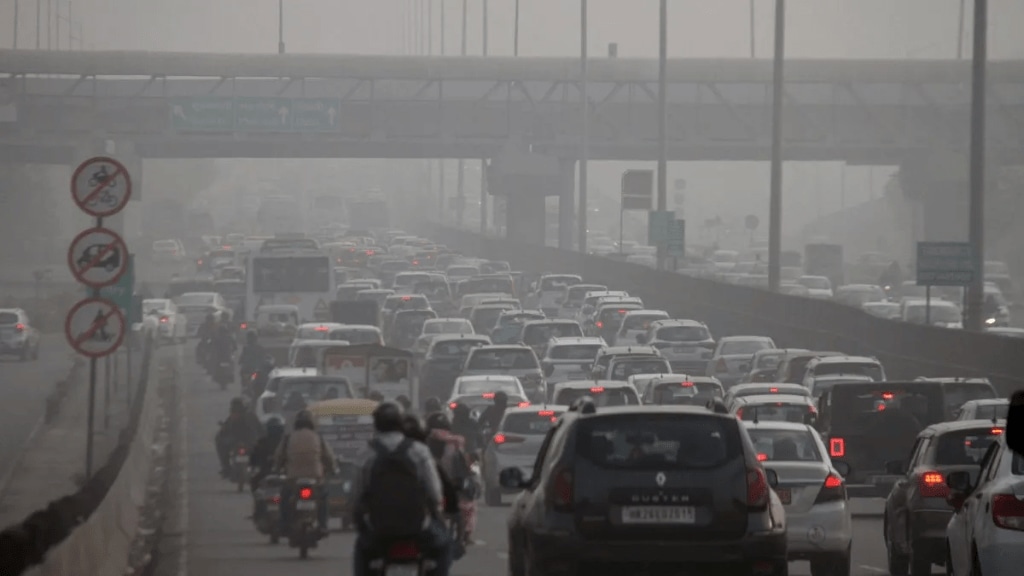Delhi’s air quality reached alarming levels on Diwali night, far beyond safe limits. The day after the festival, the city, already dealing with toxic air even before the celebrations, woke up to zero visibility in the morning, with the average AQI reaching 346, categorized as ‘Very Poor. Yet, at the very moment when tracking this dangerous spike should have been a priority, many of Delhi’s air monitoring stations went offline
Data goes missing as pollution peaks in Delhi
According to a report from The Times of India, at RK Puram, the PM2.5 level reached 1,476 micrograms per cubic metre around midnight. Strangely, the data from this station disappeared from the Delhi Pollution Control Committee (DPCC) website for five hours. By 6 am, data resumed showing a slight decline at 1,187 µg/m³. The data at 7 am was 1,064 µg/m³.
An analysis of CPCB and DPCC data revealed that only nine of Delhi’s 39 stations (just about 23% of the city’s network) recorded continuous data during the crucial 36-hour period between Monday midnight and Tuesday 11 am.
At Nehru Nagar, one of the most polluted spots on Diwali night, PM2.5 levels touched 1,763 µg/m³ at 10 pm. However, readings for 11 pm were missing. Another gap was reported from 1 am to 5 am. Similarly, CPCB’s ITO station recorded 923 µg/m³ at 1 am, but the next six hours of data were absent. At NSIT Dwarka, PM10 readings disappeared from midnight to 5 am., and IMD’s Ayanagar station lost five hours of PM10 and PM2.5 data.
‘All data is available,’ says Environment Minister
Delhi Environment Minister Manjinder Singh Sirsa dismissed the claims of missing data at a press conference on Tuesday, stating, “All data is available on CPCB and DPCC websites. Those who claim otherwise have their own motives.” CPCB, DPCC, and the Commission for Air Quality Management (CAQM) did not respond to queries.
According to experts, cited by TOI, similar data breaches occurred across multiple stations. These stations are managed by DPCC, the Central Pollution Control Board (CPCB), and the India Meteorological Department (IMD). Because of these interruptions, the 24-hour average readings were distorted. Similar gaps were reported in 2022 and 2023 during smog-heavy periods after Diwali and early winter.
“The observed pattern shows that most stations stopped providing data when they approached 1,000ug/m3 while there were stations such as Anand Vihar, Nehru Nagar, Mundka, etc. that recorded values above 1,000ug/m3, indicating that the technology of monitoring isn’t an issue, at least in terms of being available. This is not the first time that the stations have stopped providing data; we have observed this over the past years, too,” said Sunil Dahiya of EnviroCatalysts via TOI.
Delhi’s 39 24/7 active air quality monitoring stations (CAAQMS) track particulate matter, gases, humidity, wind speed, and other factors. They help derive the exact Air Quality Index (AQI) and inform emergency measures under the Graded Response Action Plan (GRAP). Without reliable data, both short-term interventions and long-term planning become guesswork. “Missing data skews daily pollution readings and gives a false sense that air quality is better than it actually is,” Dahiya said.

